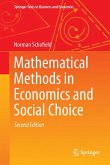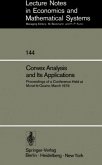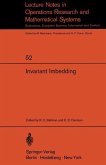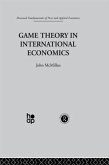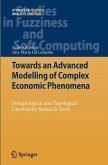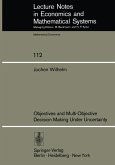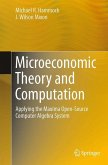Fixed-point algorithms have diverse applications in economics, optimization, game theory and the numerical solution of boundary-value problems. Since Scarf's pioneering work [56,57] on obtaining approximate fixed points of continuous mappings, a great deal of research has been done in extending the applicability and improving the efficiency of fixed-point methods. Much of this work is available only in research papers, although Scarf's book [58] gives a remarkably clear exposition of the power of fixed-point methods. However, the algorithms described by Scarf have been super~eded by the more sophisticated restart and homotopy techniques of Merrill [~8,~9] and Eaves and Saigal [1~,16]. To understand the more efficient algorithms one must become familiar with the notions of triangulation and simplicial approxi- tion, whereas Scarf stresses the concept of primitive set. These notes are intended to introduce to a wider audience the most recent fixed-point methods and their applications. Our approach is therefore via triangu- tions. For this reason, Scarf is cited less in this manuscript than his contri- tions would otherwise warrant. We have also confined our treatment of applications to the computation of economic equilibria and the solution of optimization problems. Hansen and Koopmans [28] apply fixed-point methods to the computation of an invariant optimal capital stock in an economic growth model. Applications to game theory are discussed in Scarf [56,58], Shapley [59], and Garcia, Lemke and Luethi [24]. Allgower [1] and Jeppson [31] use fixed-point algorithms to find many solutions to boundary-value problems.
Hinweis: Dieser Artikel kann nur an eine deutsche Lieferadresse ausgeliefert werden.
Hinweis: Dieser Artikel kann nur an eine deutsche Lieferadresse ausgeliefert werden.


